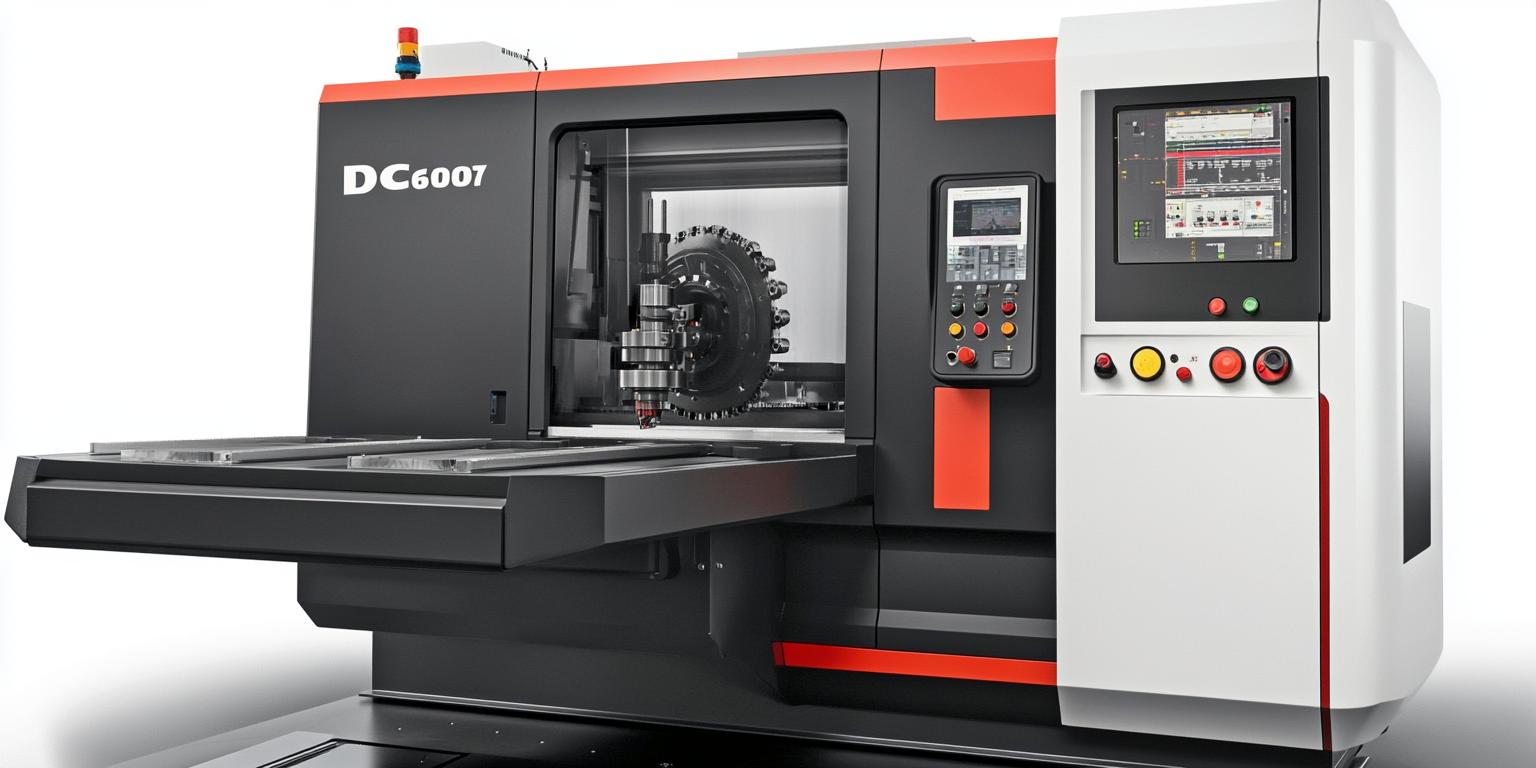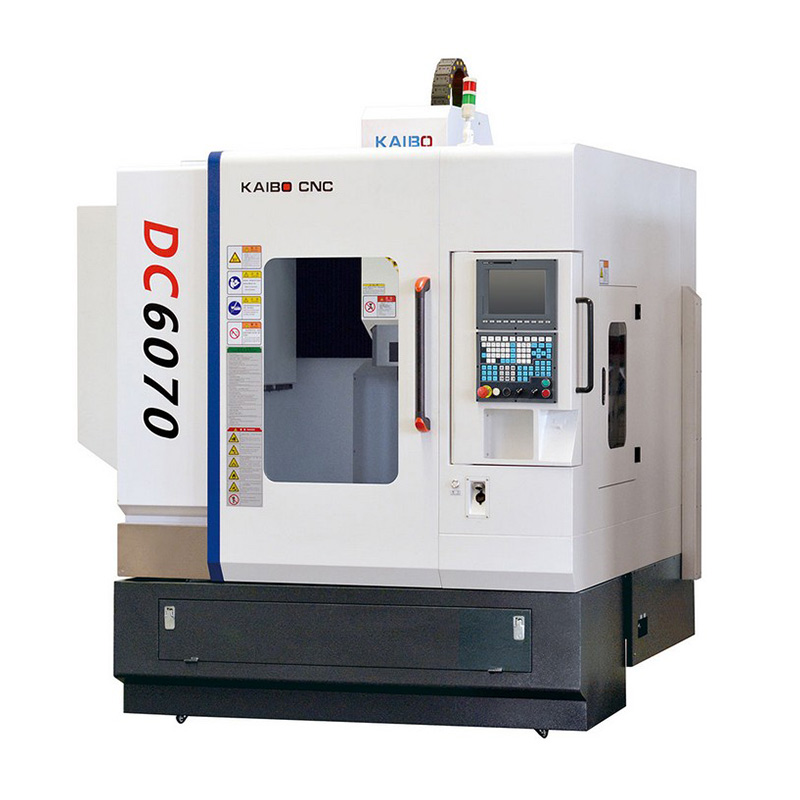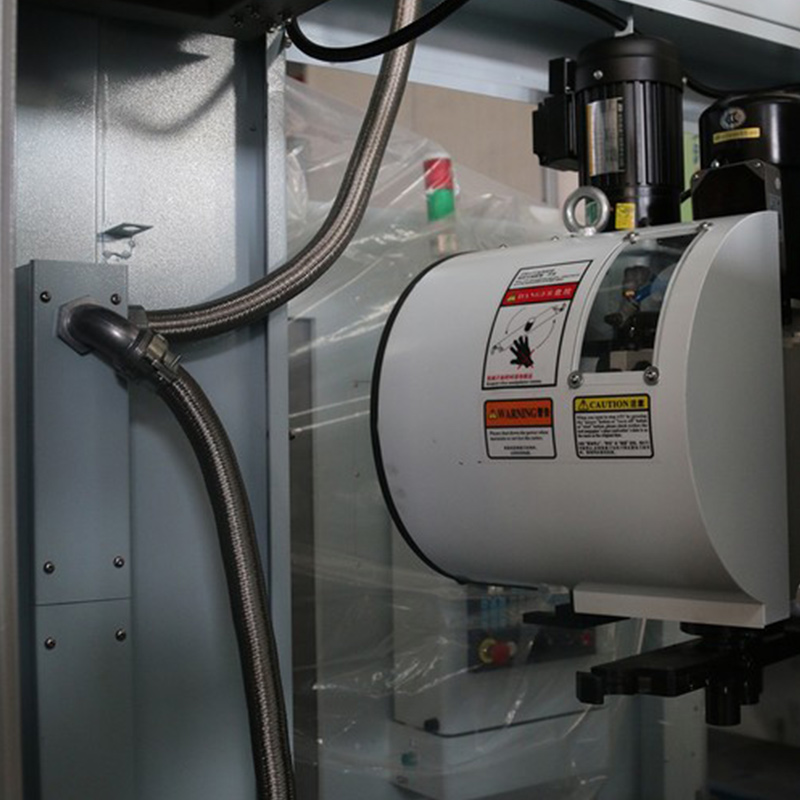
In the shoe mold manufacturing industry, frequent tool changes have long been a headache. Traditional methods often lead to extended machine downtime, which directly translates into lower productivity. For example, in many shoe mold factories, the time spent on tool changes can account for up to 30% of the total processing time. This not only reduces the overall efficiency but also increases the labor cost due to manual intervention.

When it comes to tool magazines, there are various types such as drum-type and arm-type. Among them, the arm-type tool magazine used in the DC6060A five-axis sole mold milling machine has significant advantages. In terms of stability, the arm-type tool magazine can maintain a high level of precision during the tool-changing process, reducing the error rate to less than 0.05mm. This is crucial for the high-precision requirements of shoe mold manufacturing.
In terms of speed, the arm-type tool magazine can complete a tool change in as little as 3 seconds, which is 40% faster than the drum-type tool magazine. This rapid tool change allows the machine to operate continuously, greatly improving the production efficiency. Moreover, the arm-type tool magazine has a stronger load capacity, which can hold up to 20 tools, meeting the diverse tool requirements in shoe mold processing.
The ATC system mainly consists of three core steps: tool recognition, path planning, and execution. First, the system uses advanced sensors to accurately identify the required tool. Then, based on the current machining requirements, it plans the optimal tool-changing path to minimize the movement time. Finally, the mechanical arm executes the tool-changing action precisely according to the planned path.

To ensure the efficient operation of the ATC system, proper parameter configuration and calibration are essential. When configuring the tool-changing parameters, it is necessary to set the appropriate speed, acceleration, and deceleration according to the tool type and machining requirements. For example, for hard alloy tools, a higher speed can be set, while for fragile tools, a lower speed should be used.
Tool position coordinate calibration is also crucial. By accurately calibrating the tool position coordinates, the system can ensure the accuracy of tool changes. In addition, optimizing the tool-changing path can further improve the efficiency. You can use simulation software to simulate different paths and select the most efficient one.
During the operation of the ATC system, some common faults may occur, such as tool-changing failure and offset problems. If the tool-changing fails, you can first check whether the tool is installed correctly and whether the sensor is working properly. If there is an offset problem, you need to re-calibrate the tool position coordinates and check the mechanical structure for any looseness.
| Fault Type | Possible Causes | Solutions |
|---|---|---|
| Tool-changing failure | Incorrect tool installation, sensor failure | Check and reinstall the tool, replace the sensor |
| Offset problem | Inaccurate coordinate calibration, mechanical looseness | Re-calibrate the coordinates, tighten the mechanical parts |
Let's take a look at a real customer case. A shoe mold manufacturing company was facing low productivity due to frequent tool changes. After installing the DC6060A five-axis sole mold milling machine with the ATC system, the company saw a significant improvement in efficiency. The production cycle of a single shoe mold was reduced from 8 hours to 5 hours, and the unit time output increased by 60%. This not only saved a lot of production costs but also improved the company's market competitiveness.

Do you also want to achieve high-yield and stable production and reduce manual intervention in your shoe mold manufacturing? If you are interested in learning more about how the ATC system can optimize your production process, click here to explore further. You can also leave a message below to share your experiences and questions about tool-changing in shoe mold manufacturing.

